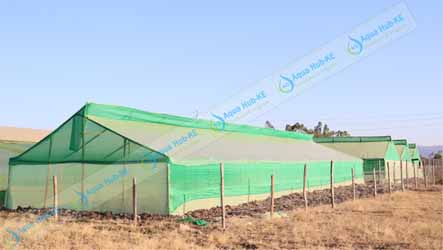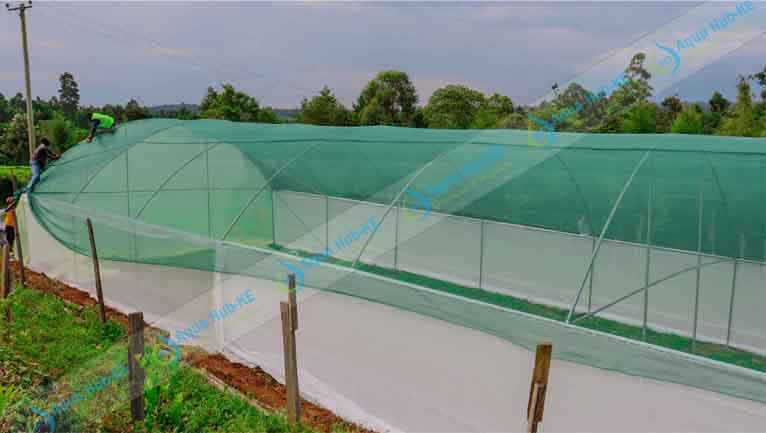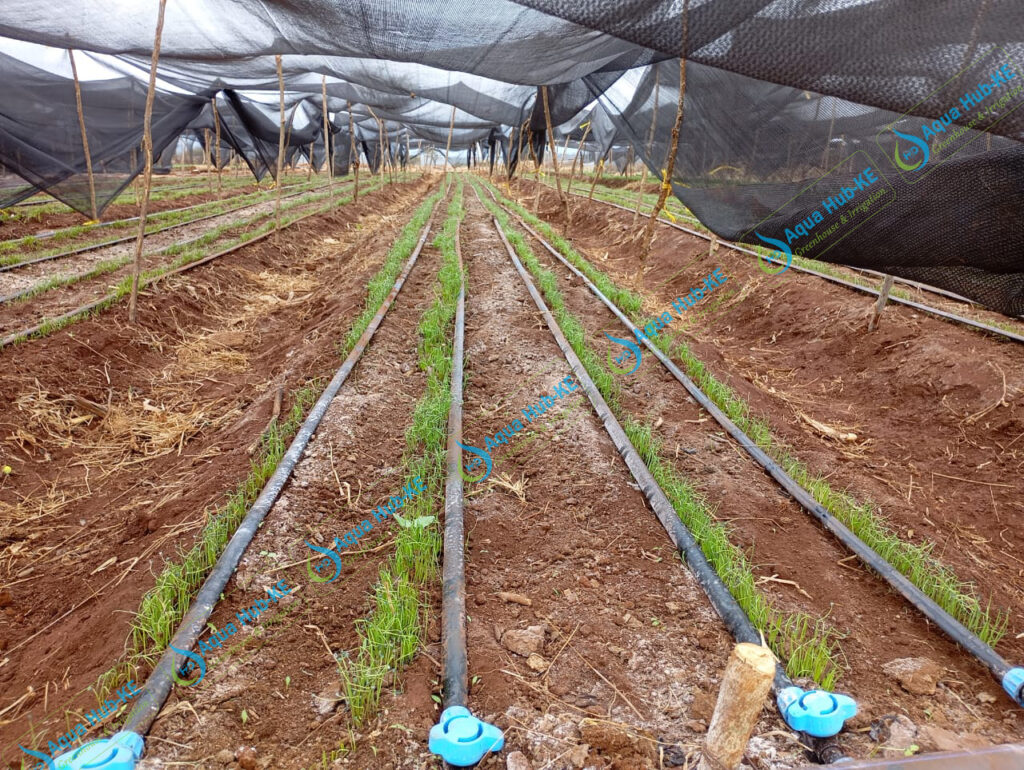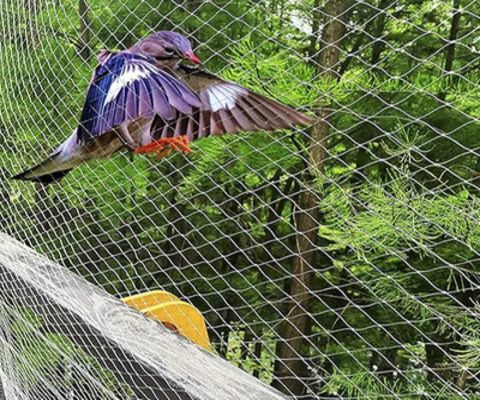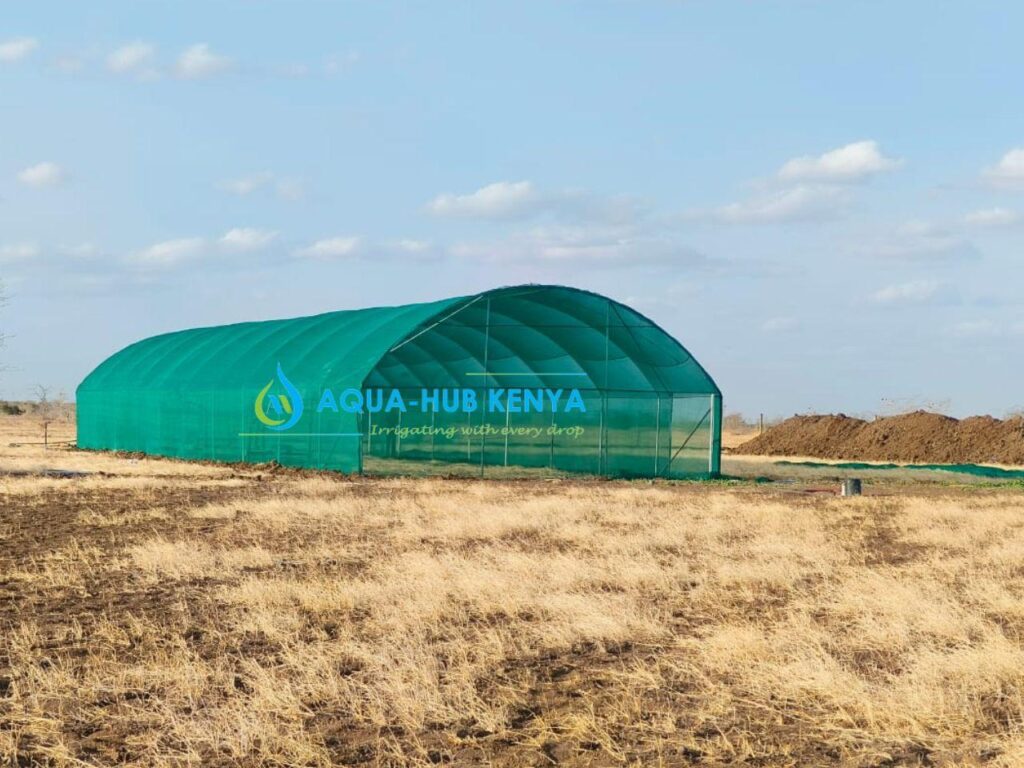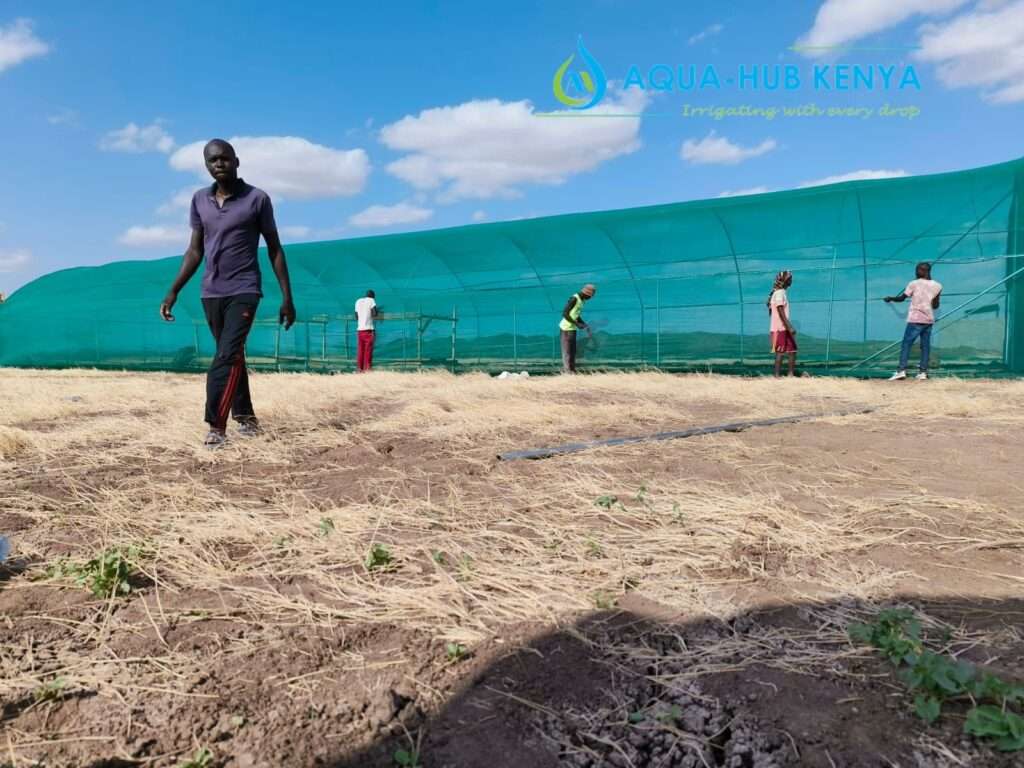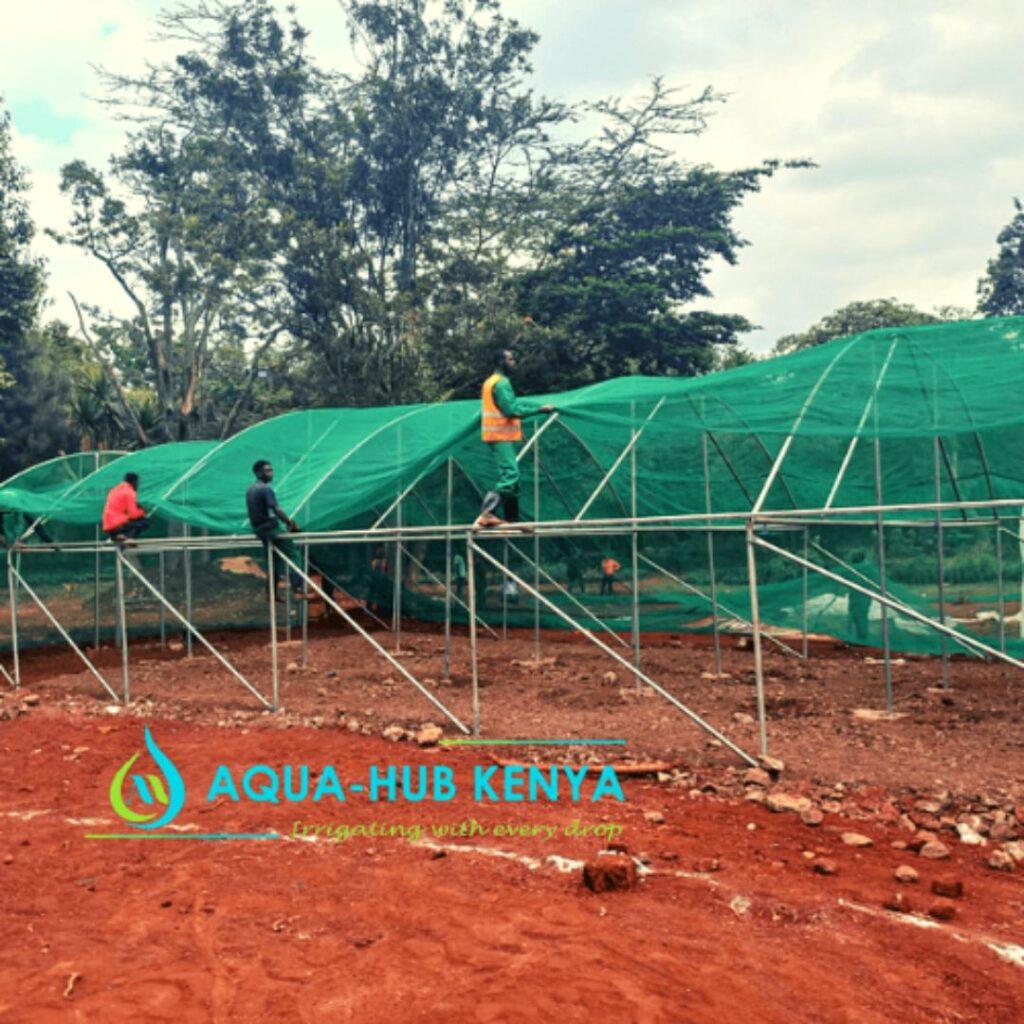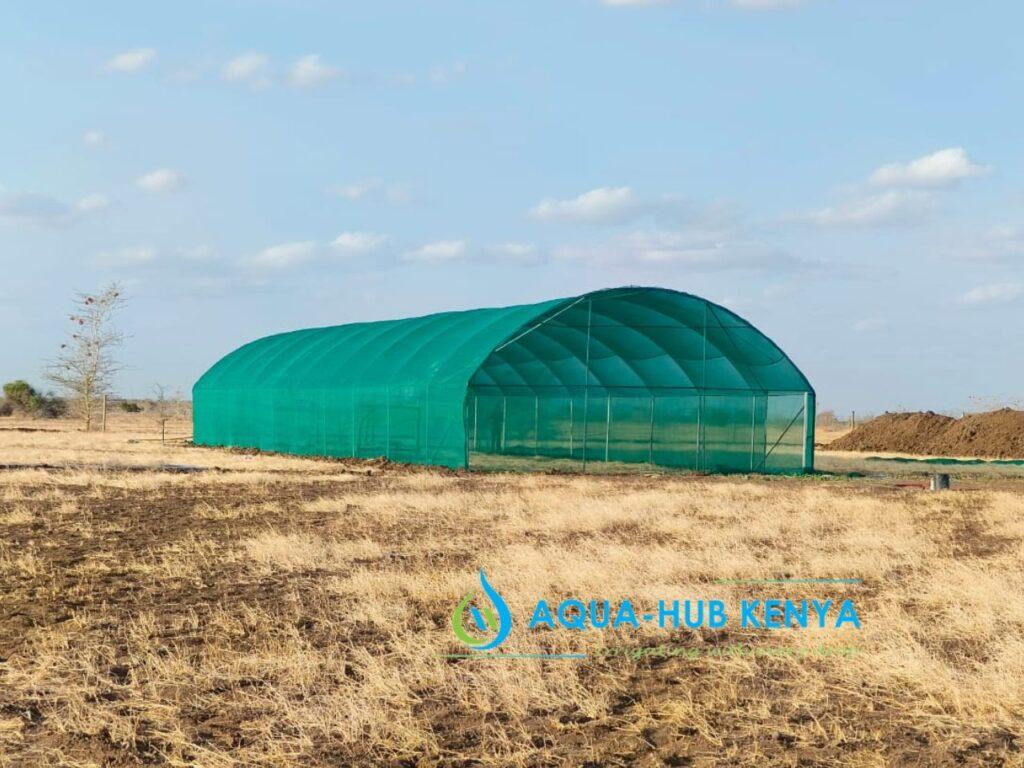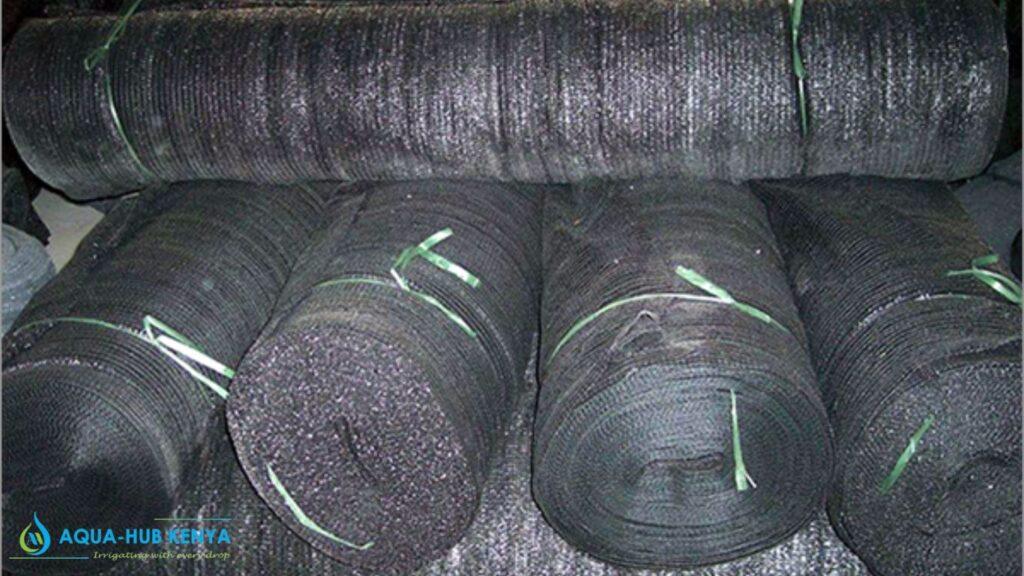Best Shade Nets in Kenya
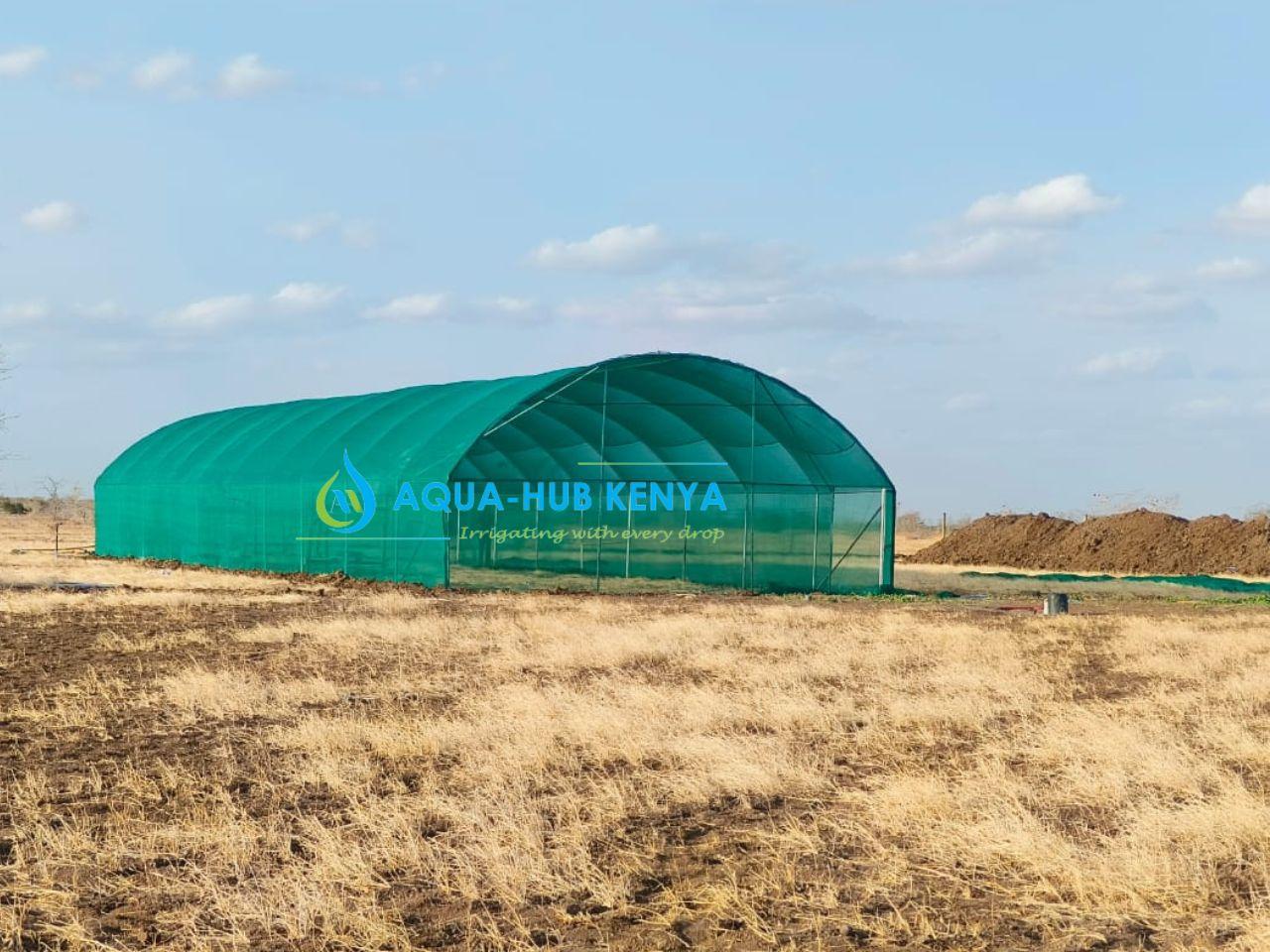
The best Shade nets in Kenya enhance optimal temperature regulation and crop protection from environmental hazards.
Protecting Your Crops: The Need for Shade Nets
Shade nets are crucial crop protection materials from extreme sunlight and hot periods that can hinder or limit the higher yield potential. For most crops optimum temperatures ranges from 15-25 degrees which can be exceeded in some arid areas. Moreover, humidity is also a should be regulated for better productivity. Higher humidity also affects production.
To identify the right match for your crops, consider the temperature of your area, wind and crops that do well there. For very hot regions, use a higher sunlight filtration level, while for humid regions, consider a lower sunlight filtration level.
Top Benefits of Shade Nets in Kenya
- Once you install shade nets to cover your crops, you can rely on it to keep birds, poultry, and animals away from your crops.
- They offer the ability to regulate the sunlight that reaches your crops and thus offer optimum growth conditions for production of various crops.
- Shade nets suppress the effect on direct rain and moisture contact with young plants and flowers. Some plants such as vegetable, tree and fruit seedlings have week stems, and premature root formation, the adverse rain and wind can damage them.
- Shade nets are guaranteed to provide cool and less heat effect to lower water loss through evaporation.
- With shade net use, your crops rarely get diseases such as fungal and leaf blots or blight which are normally caused by higher cold conditions.
Types of Crop Propagation Shade Nets : Which one Fits your farm?
Knitted Shade Nets
Knitted shade nets are shade nets with interlocked warps of thread. They have a wider mesh hole size and can offer better aeration and temperature control.
- They are characterized by a light density and green, black, or grey colors which blends well with the surrounding.
Knitted Shade nets are available in different levels of mesh sunlight filtration level. - The percentage of sunlight filtration available 35%, 55%, 75% and 90 percent shade nets, which are recommended for crop protection from sunlight.
Woven Shade Nets
- Woven Shade Nets are nets made through weaving of threads together to form a denser material.
- They have 100 percent UV resistance since they are fully woven to prevent harmful UV radiation. They can only allow light and air to penetrate through but also reduces effects of heavy rains and hailstorms.
Shade net Installation : A Farmer’s Guide
Shade net fixing, or installation is a very essential topic that you need to understand to enhance efficiency, strength, and higher productivity. The guide includes the necessary requirements you should provide, steps to take, guidelines and recommendations concerning a better shade net structure.
The necessary requirements you need to acquire includes quality shade nets, poles or steel profiles, nails or bolts and nuts. We provide all this equipment at affordable prices depending on the size of the shade net structure.
Our steps of installing shade nets include
- Site visit to inspect the suitability of the area for shade net installation.
- Taking Measurements at the site
- Delivery of the requirements
- Actual installation.
Guidelines for proper installation
- You should prepare your farm for shade net installation before the process commences. Clear vegetation and all the materials that can hinder the process.
- Avail cement and sand to enhance pole strength.
Maintenance: Keep Your Investment Thriving
Shade nets are future investments in your agricultural projects and need proper maintenance and monitoring for continuous benefits. It can only bring value to your crop production goals when in good condition.
To ensure that your shade net remains in good condition, you need to do the following:
- Use strong and durable materials for construction of shade houses. Galvanized steel profiles are the best to use because of their strength and corrosion free nature.
- Observe proper care practices; keep children and animals away from the structure.
- To prevent wind effects, you can erect walls near your shade net structure.
- Always consider UV treated shade nets since they are highly durable
Shade net Vs Traditional Shading
|
Shade Nets |
Traditional Shading |
|
|
|
|
|
|
|
|
|
|
Similarities
Both Shade nets and traditional shading practices help reduce the level of evaporation or water loss from the soil. They also retain soil warmth and moisture content to make it available for plants.
Shade Net Prices in Kenya : Affordable Solutions for Small Farms
Shade nets cover small farms or sections even though you can customize the sizes to cover a large part. You can get affordable shade nets in Kenya at Aqua Hub Kenya. We offer all shade net percentages at the best rates to better your farm yield.
Our shade net prices;
|
Shade net Percentage |
Cost (KES) |
|
16,000 |
|
19,000 |
|
26,000 |
|
36,000 |
Shade Net distributor in Kenya
Aqua Hub Kenya
Call 0790719020


